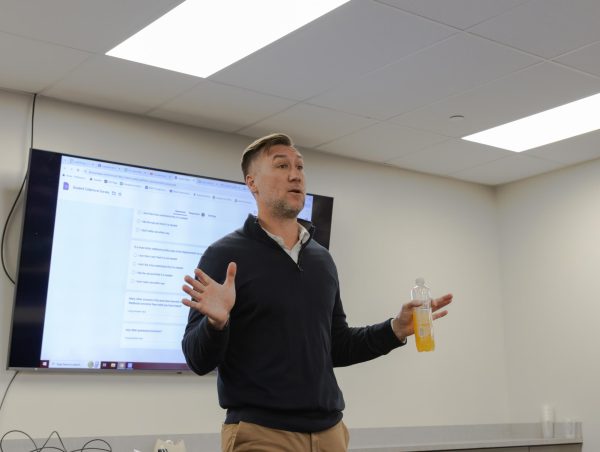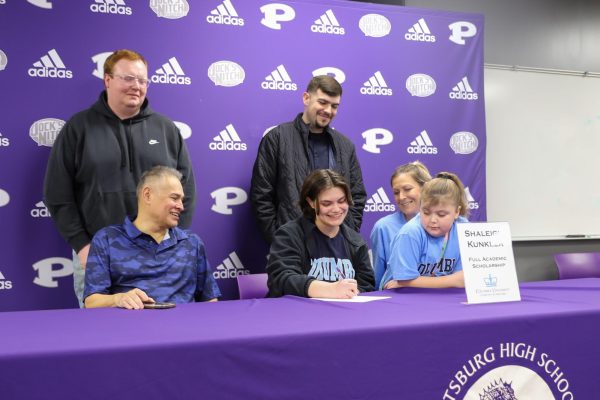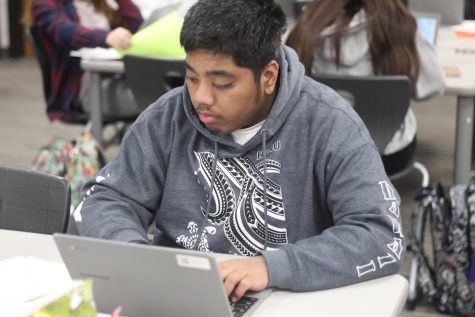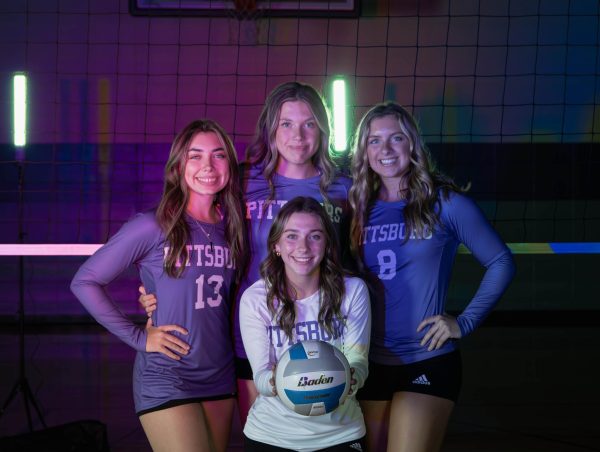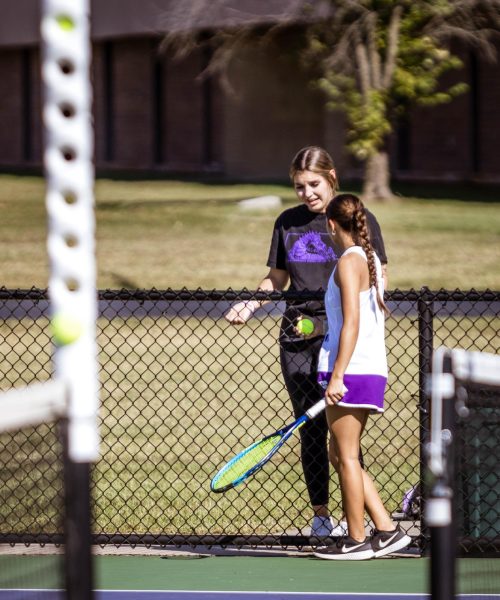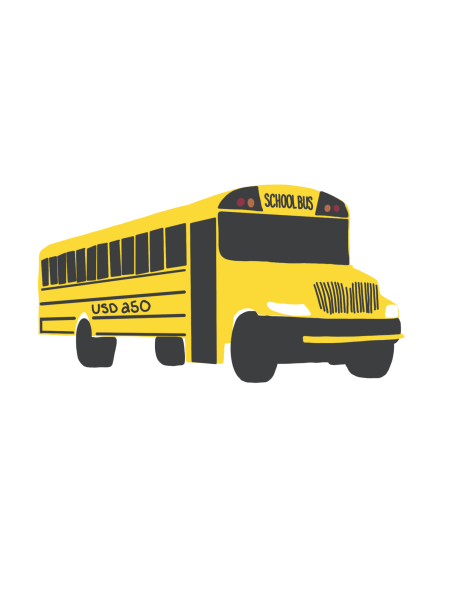Taking on virtual learning

Photo by: Design by: Mattie Vacca
In March, the COVID-19 pandemic swept the nation and everything, including schools, shut down. Now that life is returning to “normal,” everyone is learning how to adapt to a new lifestyle. As students and teachers are finally getting into a routine for this school year, the pandemic has thrown yet another curveball: school quarantine.
As freshman Lissette Allen wakes up in the morning to get ready for school, her routine looks much different than what it used to. Instead of heading out the door on her way to PHS, Allen sits at her dining table. She opens her Chromebook and logs onto her first Google Meet of the day. While this may seem untraditional, this is the new normal for many students who are learning remotely this year. Remote learners have the same expectations and learn the same things as the students who learn in person.This includes arriving to class on time, participating in discussions, submitting the same assignments, and following classroom expectations.
In March, the COVID-19 pandemic swept the nation and everything, including schools, shut down. Now that life is returning to “normal,” everyone is learning how to adapt to a new lifestyle. As students and teachers are finally getting into a routine for this school year, the pandemic has thrown yet another curveball: school quarantine.
While many students chose to go online, there are multiple students who have had to quarantine to prevent the spread of the virus.
Not only has quarantining affected students, but it has also impacted teachers. Science teacher Sally Ricker has been quarantined since Sep. 29.
“[When I found out I had to quarantine], I cried,” Ricker said. “Being at school felt normal and we all need some normal these days.”
While online learning isn’t ideal, Ricker tries her best to make the most out of her situation.
“[My] second period made me laugh until I was crying and all my other classes went well,” Ricker said. “Seeing kids in a little box on my screen and muting microphones isn’t the ideal situation, but I’m so glad for the Chromebooks and blessed we can learn at home and be safe. Everything is going to be okay.”
While some students who are learning online were required to by the school’s quarantine policy, other students chose to learn remotely. Allen has been an online learner since the start of the school year.
“My parents wanted to take precautions to make sure that my sisters and I didn’t get sick.” Allen said. “It is not as great and easy to learn online [because] sometimes the teachers forget about you so then you just have to guess on what you’re doing.”
While online school is hard, it has its positives. Junior Parker Burns has an open mindset.
“One of the pros to being online would probably be the organization of the classes, if you don’t know when an assignment is due or what it is about then you can always check Canvas,” Burns said. “I still feel like I’m getting a good education even being online. There are some things like science labs that can’t be replicated online, though.”
The inability to teach kids face to face is only one of the struggles that comes with having fully remote teacher student relationships. Sometimes it’s hard to reach kids through the screen.
“I worry that students won’t speak up if they don’t understand,” Ricker said. “This is something else new they have to learn, which causes more stress, which makes kids shut down. I’m trying to stay very positive and have fun while we work.”
Your donation will support the student journalists of Pittsburg High School - KS. Your contribution will allow us to purchase equipment and cover our annual website hosting costs.

This is Mattie's fourth year on staff. Outside of journalism, she is involved in NHS, FCA, Spanish club, dance team and competitive dance. In her free...


